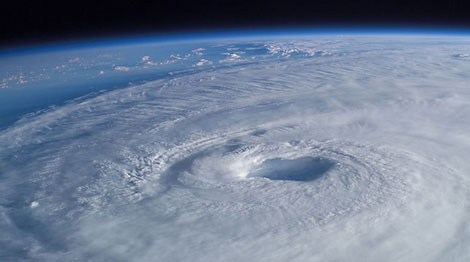Business news
ODS consumption in Belarus down almost 60 times over 30 years
 MINSK, 18 September (BelTA) – Belarus has achieved an almost 60-time reduction in the consumption of ozone depleting substances (ODS) over the past 30 years, BelTA learned from the website of the Natural Resources and Environment Ministry of Belarus.
MINSK, 18 September (BelTA) – Belarus has achieved an almost 60-time reduction in the consumption of ozone depleting substances (ODS) over the past 30 years, BelTA learned from the website of the Natural Resources and Environment Ministry of Belarus.
The consumption of ODS in the country totaled 51.5 tonnes in 2016. According to the National Research Center for Ozone Layer Monitoring of the Belarusian State University, the total ozone content in the atmosphere over Belarus has been recently close to the normal showings, except for the period of season anomalies.
The Montreal Protocol on Substances that Deplete the Ozone Layer was signed in 1987. It is an international treaty designed to protect the ozone layer by phasing out the production of numerous substances that are responsible for ozone depletion. All of the ozone depleting substances controlled by the Montreal Protocol contain either chlorine or bromine used as cooling agents in the air-cooling and conditioning sector, propellents in household and medical aerosol products, clean agents in the fire-extinguishing systems, solvents in electronic and precision engineering, foam-blowing agents in the construction of building materials.
The stratospheric ozone layer protects life on Earth from harmful effects of the ultraviolet radiation from the sun. According to global scientific estimates, by the year 2030 the Montreal Protocol will have prevented two million cases of skin cancer annually, averted damage to human eyes and immune systems. The protocol has also made a significant contribution to the climate change mitigation by preventing more than 135 billion tonnes of emissions of carbon dioxide equivalent as a result of phasing out chlorofluorocarbons and halons, which are powerful greenhouse gases.
At a time of fulfilling the commitments under the Montreal Protocol and phasing out the use of ozone-depleting substances, the use of hydrofluorocarbons, which have no ozone-depleting potential but which contribute to global warming, has greatly increased around the world. The levels of hydrofluorocarbons in the atmosphere indicate a significant increase in their concentrations over the past decades. Projections also point to their further growth (at least 7% per year) in the case of inertial scenarios. If no action is taken, hydrofluorocarbons, which are used for refrigerating and air-conditioning, can generate up to 20% of greenhouse gas emissions by 2050.
The participants of the 28th meeting of the parties to the Montreal Protocol held in Kigali (Rwanda) adopted an amendment to regulate the consumption of hydrofluorocarbons. According to scientific estimates, the reduction of the use of these substances can reduce the global warming by 0.4 degrees by the end of the century.
Belarus fulfills all commitments under the international agreements in the field of the protection of the ozone layer. In 2013 the country launched a strategy for phasing out hydrochlorofluorocarbons by 2020. Under the GEF international technical assistance project “Phasing out hydrochlorofluorocarbons and replacing them with non-ODS alternatives in Belarus,” the country is planning to assess the extent of the use of these substances, to determine the cost of using the alternate substitutes. Based on the results of these studies, Belarus will elaborate its position regarding the ratification of the Kigali amendment to the Montreal Protocol.







 print version
print version make home page
make home page add to bookmarks
add to bookmarks

